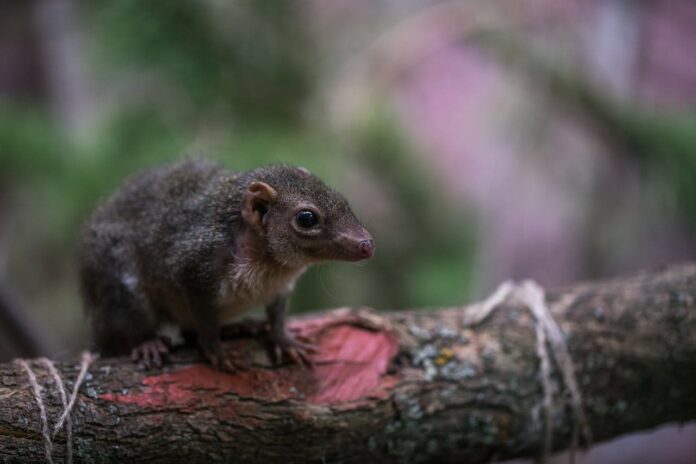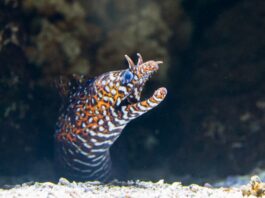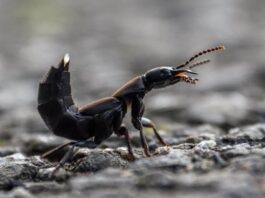Echolocation is a special skill that some animals have and use for various purposes such as foraging, hunting, hunting, navigation, etc. This unique tool helps animals in different ways depending on their habitats including in the sky, on the land, and underwater. We have some interesting animals that use echolocation in our list today, so let’s find out what they are.
1Aye-Aye
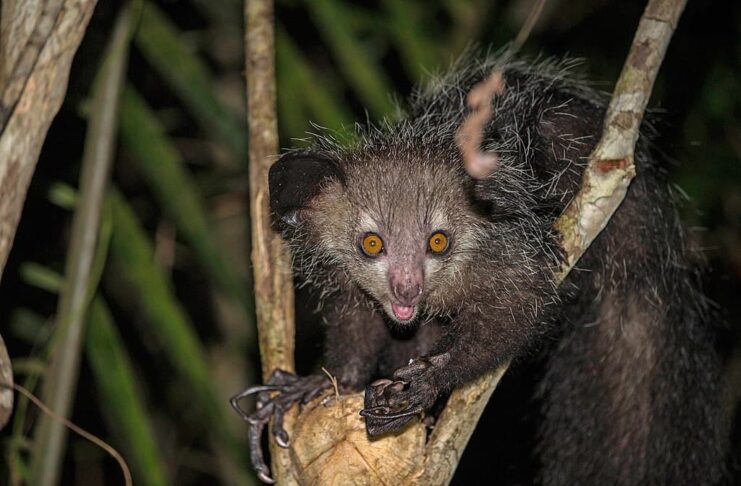
In front of you is the only primate in the world that uses echolocation to find prey. This nocturnal primate native to Madagascar has a very fascinating and unique way when it comes to echolocation. As tree-dwellers, an aye-aye uses their long middle finger to rapidly tap along the surfaces of the trees. Then they listen to the reverberations to identify their meal, especially the wood-boring insect larvae. The aye-aye then uses the same middle finger to fish the prey that they found out of the tree to eat. Researchers called this behavior as mimic echolocation, and further study about them is still under the process.
2Bat
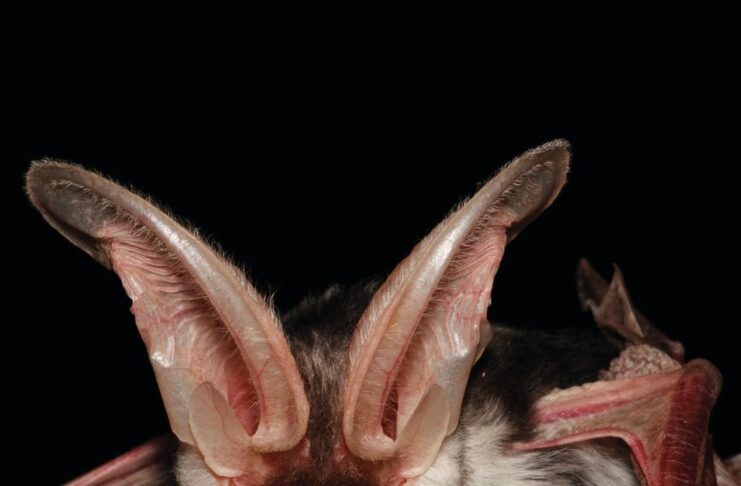
Small eyes and night hunting methods make some bat species evolve to develop an auditory brain design. More than 90% of bat species can use echolocation for catching prey in the dark and mapping out their surrounding environments. Bats produce echolocation called ultrasound by emitting high-frequency sound pulses through their mouth or nose.
The sound waves bounce off objects and return to the bat’s ears, and a bat can recognize its own calls. So the bats listen to the echo to determine the size, shape, and texture of the objects that the sound reached. The sound that the bats make can be for various purposes including feeding, searching, social calls, etc.
3Dolphin

As a relative to whales, dolphins are also one of the animals that use echolocation. Dolphins have unique lips on the nasal passages near the blowhole that vibrate to create initial sound. A dolphin produces short broad-spectrum clicks at high frequencies whiles whales do that at lower frequencies. The cool thing is that dolphins have the ability to make two sounds simultaneously. When the sound or vibration hits something, it reflects back and the dolphin picks it up through its lower jaw the passes it to its ears. Dolphins use echolocation to communicate between individuals or pods and to estimate an object’s density, direction, distance, size, and speed.
4Dormice
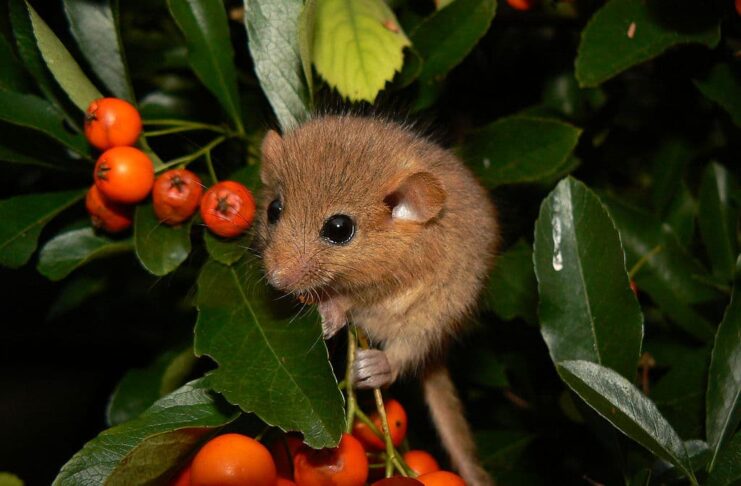
Here you are looking at a very rare mammal and rodent species that can use echolocation to navigate just like bats. In fact, this animal species is the only tree-climbing mammal that can use ultrasonic echolocation. Dormice are almost completely blind, but the biological sonar ability that they developed allows them to “see” by hearing. A dormouse can emit ultrasonic chirps that help it to navigate its environment based on the echoes that bounce back. After releasing the chirps, a dormouse carefully listens to the reflected sound to sense everything around the corners, behind it, and even over it.
Another interesting thing about dormice is that they hibernate for at least 6 months in winter. They make nests along the forest floors, hidden by logs and piles of leaves. The difference between them and other animals that hibernate is that these little cuties may wake up for snacks. So basically, there are some cheats during their long period of hibernation. The snacks that they usually eat are flowers but these omnivores also feed on hazelnuts and small insects.
5Lowland Streaked Tenrec
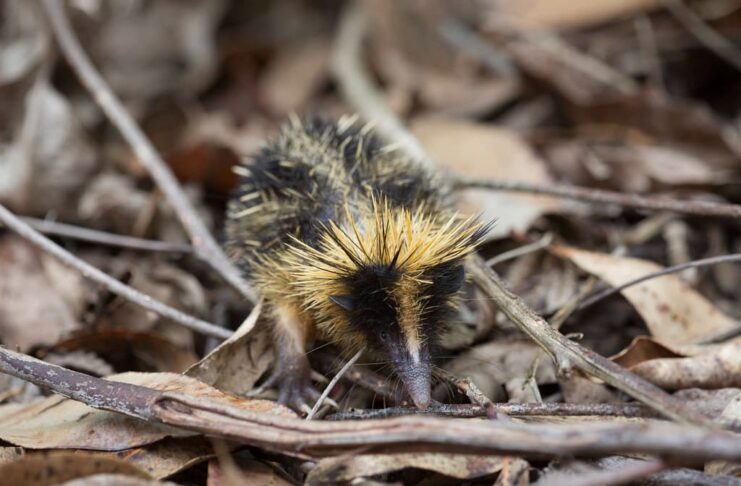
Endemic to Madagascar, lowland streaked tenrecs are very sociable and they live in a group of up to 20 members. Tenrecs use scent and touch to communicate, and they use twittering and vocalizations to echolocate. Lowland streaked tenrecs rub their specialized quills together in rapid succession to produce a high-pitched ultrasonic call. Echolocation helps them to navigate their surroundings because these diurnal mammals forage for food at night. At the same time, it also helps them to communicate during foraging as part of a warning mechanism for predators.
6Oilbird
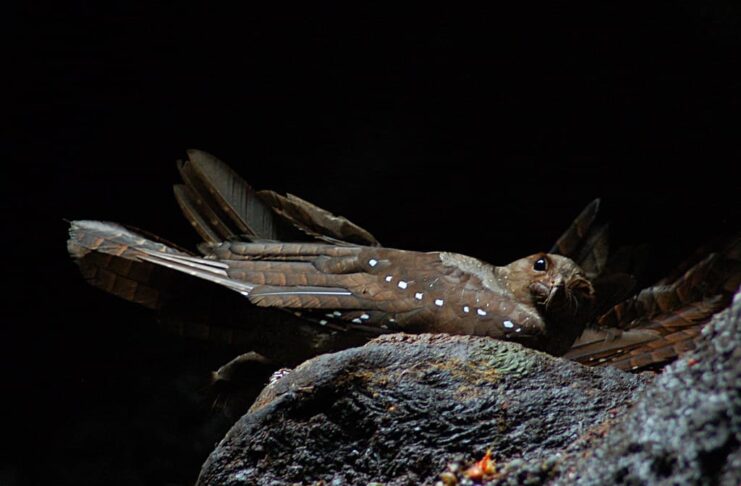
Probably unheard of by many, oilbirds are one of the bird species that nest and roost in dark caves. This species uses sonar for a wide range of purposes in their daily life inside the cave with the colony. An oilbird produces short bursts of clicking sounds that bounce off objects and then create echoes that return to the bird’s ears. The larger the objects mean the louder the echoes, and that is how oilbirds detect the location, size, and shape of their surroundings.
Unlike bats, their ability to produce biological sonar is for items that are larger than 20 centimeters (7.87 inches). Echolocation helps them to avoid colliding with each other, avoid obstacles, and avoid obstructions when they leave the cave at night. Oilbirds have extremely light-sensitive eyes so they are active at night, and they forage for fruits using echolocation. With the help of this special ability, oilbirds can collect information just like we do by using our eyes and ears.
7Porpoise

There are 7 species of porpoise, and all of them can use echolocation in a very interesting way. A porpoise can switch from a narrow and penetrating burst of sound to a broad and wide beam of sound easily. Porpoises live in coastal regions to the open ocean, and they have nasal passages below the blowhole to produce biological sonar. They use click noises at a high frequency, then listen for faint echoes to locate fish and other objects. At the same time, this ability also helps to elude predators such as killer whales effectively as well. Besides echolocation, porpoises (mostly harbor porpoises) can also use their high-pitched clicks for communication.
8Shrew
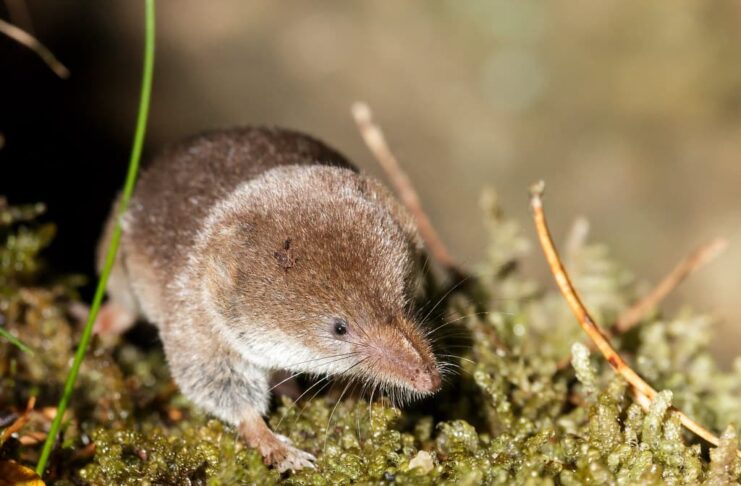
Small yet territorial, shrews are one of the animals that use echolocation by making faint high-pitched twittering sounds. Their ultrasonic squeaks help them to investigate their habitats, and that is the sole purpose of their echolocation. Simply put, shrews use sonic sounds to examine their surroundings and analyze the reverberations to determine the nature of a specific location. That way, they will be able to find the best way to travel from and to their habitats.
9Swiftlet
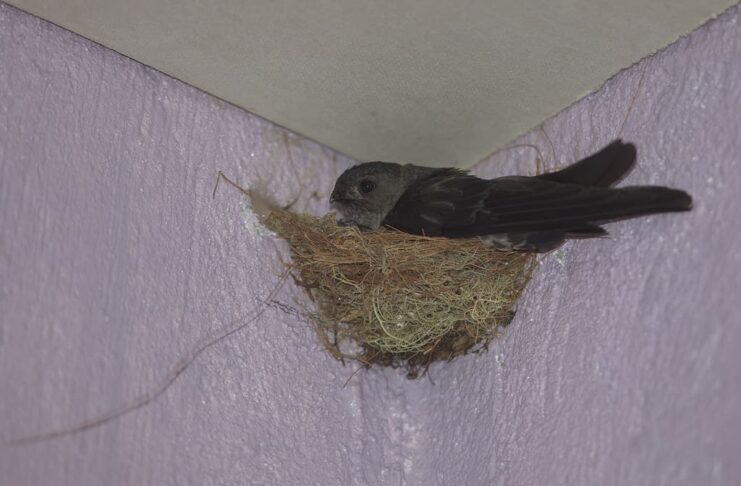
With special vocal organs, most species of swiftlets are able to produce single and double clicks that are also audible to humans. This form of echolocation allows these cave-dwelling birds to detect prey especially insects and locate their roosts in dark caves. The single click is used to avoid overlap during echolocation while the double clicks are to differentiate between individual birds. More than that, swiftlets also emit a series of low clicks followed by a call as they approach the nests. This is to let the other birds know their presence and stay out of their way to avoid colliding.
10Whale
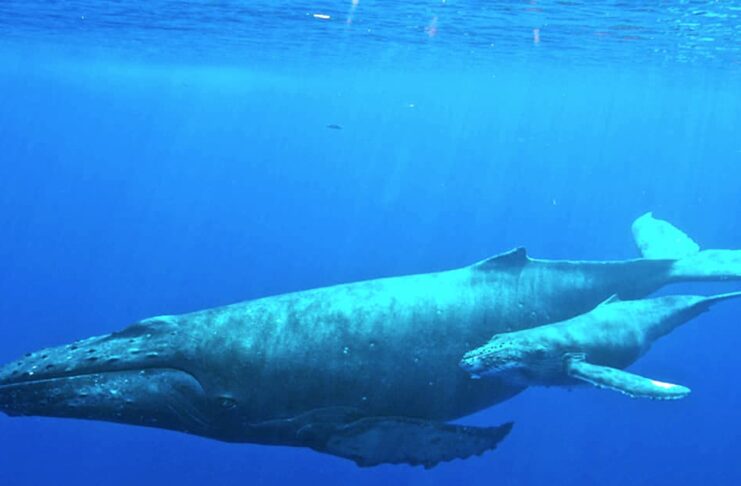
Only toothed whales have the ability to produce echolocation in a series of high-frequency clicks and whistles. Water is denser than air, so it is more efficient when it comes to sound transmission. The sound travels as vibrations through matter at a faster speed than it is in the air. As the biggest animals in the marine realm, the sounds that a whale makes can be heard for miles across the ocean. Just like bats, the sounds bounce off the surfaces in the ocean and tell them the surrounding situations. This allows the whales to communicate, detect food or enemies, look for mates during the breeding season, navigate, and more.
Related Post: Animals With Long Distance Calls

